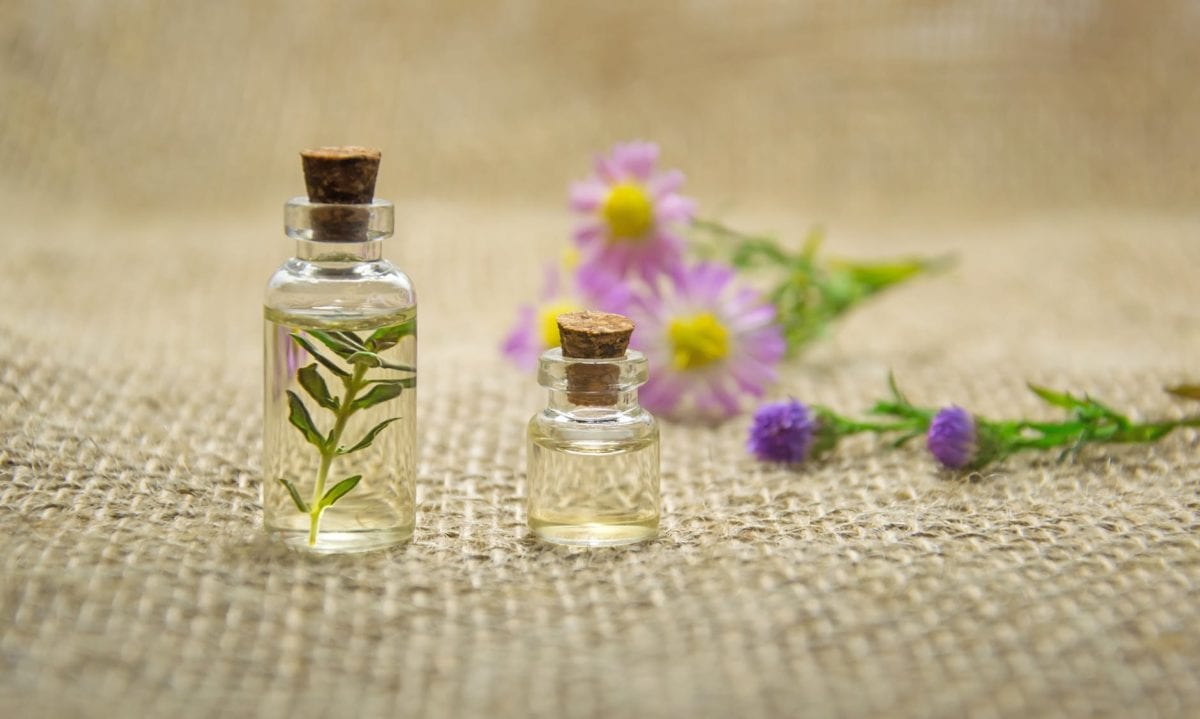
BY: JULIA RENAUD
This month I’m adopting a new heading to make life a smidge easier. If you’re not feeling up to reading very much today and just want the key points, scroll to the bottom of this post for the QUICK FACTS section. If you prefer the more detailed version, stick with me and jump right in!
BIST’s November Community Meeting was about essential oils (EO) and their role in recovery post-ABI with Rose-Anne Partridge.
Partridge is a best-selling author, former radio show host and iTV personality. She became interested in essential oils nearly two decades ago and took an even deeper dive after her son was diagnosed with a rare genetic condition. Partridge went on to become an advocate and wellness coach for those with special needs and is the founder of Real Life Changes, Families for HOPE Network, and Oily Masters. If that’s not impressive enough, she continued to broaden her knowledge about brain nutrition and obtained her Brainwave Optimization certificate.
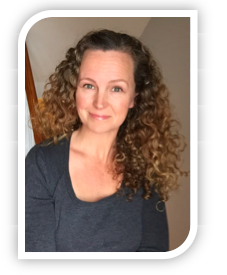
What Are Essential Oils?
Essential oils are the ‘life blood’ of a plant. They are highly volatile which makes them very fragrant. Named after its plant of origin (i.e. lavender oil), they are termed essential because “represent the very essence of odour and flavour of a plant.” Oils can be taken from shrubs, flowers, trees, roots, bushes, fruit, rinds, resins, and herbs. Best when extracted through steam distillation, these oils consist of over 100 natural organic compounds and never go bad if they are pure.
A word of warning, the EO industry is not regulated. It is important to read labels, the word ‘pure’ on the label can mean only five per cent of the bottle’s contents are actually EO. This means that you could be paying for a bottle mostly composed of fillers. For this reason, Partridge suggests looking at the price. In this case, you get what you pay for.
Why Use Essential Oils?
People use EOs for their calming effects and because they find the aromas pleasing, but EOs can also support your body systems, including the skeletal, muscular, circulatory, endocrine, respiratory and immune. In addition, they can support your hormones, brain health, body weight health and emotions.
Partridge says EOs have the ability to penetrate through the cell membrane and transport oxygen and nutrients into the cell, helping you heal from the inside out (with the purest EOs). They can also penetrate the blood brain barrier in only a few seconds.
How To Use Essential Oils
- Topical (rub on the skin)
For this method, test on a patch of your skin before committing! The best place to start is on the soles of your feet where the skin is the thickest, this will slow the diffusion of the EO into the skin. If your skin becomes red, coconut oil can help.
You can also apply EO behind knees, temples, and wrists throughout the day, all you need is one drop!
2. Ingest
Apparently using lime EO in guacamole is a game changer! You can find recipe ideas, here
3. Diffuse and inhale
This method can be most effective because doesn’t have to pass through the digestive system. Diffusers seem to be all the rage these days but if you want something portable, you can use an EO inhaler or a diffuser necklace.
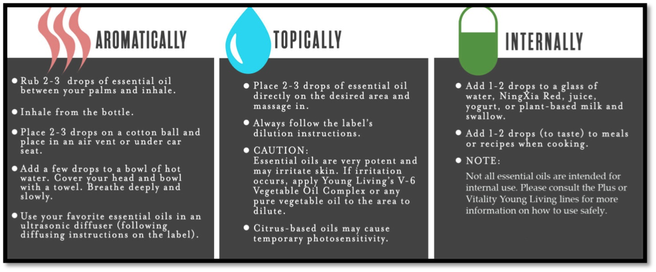
How Do Essential Oils Work?
When you inhale an aromatic substance, the olfactory neurons in the nasal cavity register the scent to the olfactory bulb where it is then linked to the limbic system of the brain.
Patridge said that studies have shown that when EOs are applied topically, they reach the bloodstream in 26 seconds. When inhaled, they reach the heart, liver, and thyroid in three seconds!
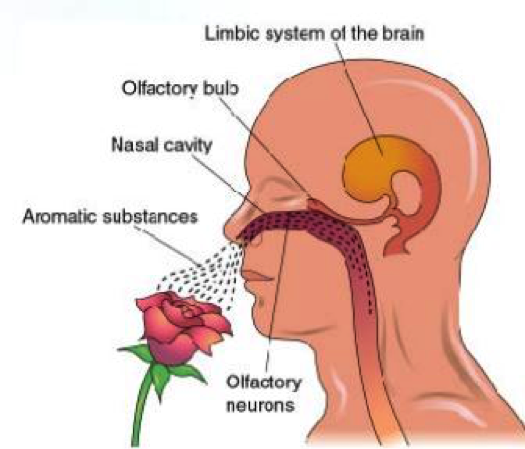
The effectiveness of EOs depends on their purity as well as the oil itself. Partridge mentioned she finds certain oils to be more effective than other times. There are also different grades of oils:

EOs last for about three to six hours in a healthy body so, typically, they are reapplied every few hours.
Some EOs use carrier oils to slow the entry of the EO into your system, allowing it to last longer. These fatty oils have larger molecules that the EO must squeeze through to get into the skin. Examples of carrier oils are olive oil and coconut oil. Many EOs contain carrier oils, but if you’re looking to mix your own, you can buy fractional oil at your local health food store, which stays liquid as opposed to some cooking oils.
Why Are Some Essential Oils More Costly Than Others?
When looking into buying EOs, you’ll notice that not all EOs are created equally, especially when it comes to the price. The higher the grade/purity of the EO, the more you can expect to pay. Also, plants grown for EOs should to be harvested at their peak and some plants take much longer to grow than others, which can mean a higher cost. Finally, not all plants have the same amount of oil.
For example, to obtain one ounce of rose oil, you need 60,000 rose blossoms! Buying a blend of oils is one way to get a variety of EOs without needing to pay the high price for each oil individually. A blend of EOs can be much cheaper, but it also means that it won’t contain very much of the more costly oils.
Are Essential Oils Safe to Use?
Yes, as long as you use them safely! Here’s how:
- Always test a patch of your skin with an oil before using a new EO and watch for any redness.
- When using EOs on children, dilute the oil, children have more permeable skin, which absorbs the oil more quickly.
- Never use EOs on the eyes, nose, ears, nor near the eyes.
- Be careful with using citrus EOs if going in the sun (ie. lemon and grapefruit EOs can make you more prone to sunburn).
- If you have seasonal allergies, you may react to the oil of plants that you are sensitive to.
Brain Health and Essential Oils
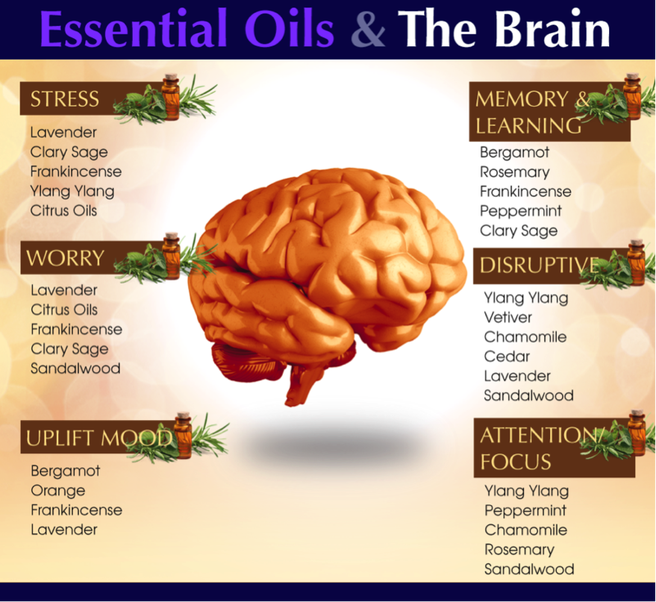
Partridge suggests getting the most bang for your buck by mixing 10 drops each of vetiver, lavender, and frankincense, with a carrier oil.
To help with your head injury symptoms, here are some other EOs that may help you out:
 Exercise and Essential Oils
Exercise and Essential Oils
It’s well known that exercise is great for the brain, but did you know essential oils can help your body with exercise as well? If you need some motivation to get off the couch, peppermint oil which can boost your energy, relieve muscle soreness and help to decrease inflammation. To help reduce pain, try wintergreen and fir oil.
QUICK FACTS about Essential Oils!
What they are: Natural oil taken from shrubs, flowers, trees, roots, bushes, fruit, rinds, resins, and herbs.
Why use them: Relaxation, pleasing aromas, support your body systems (skeletal, muscular, circulatory, endocrine, respiratory, immune systems, hormonal), brain health, body weight health, emotions, spirituality and to aid with stress!
How to use them:

How they work: Effectiveness depends on purity and the oil itself. Not all EOs are pure (careful, it’s not a regulated industry!)
Why the cost difference: Plant type, grade/purity, ease of growth. Too expensive? Try out a blend!
EO safety:
- Always test a patch of your skin with an oil before using a new EO – watch for any redness!
- Never use in the eyes, nose, ears, nor near the eyes.
EOs and brain health:

Most bang for your buck: Mix 10 drops each of vetiver, lavender, and frankincense, with a carrier oil (ie. coconut or olive oil – fractional carrier oil is best so your mix will stay liquid in the cold!).
Exercise and EOs: For motivation use peppermint oil to boost your energy, relieve muscle soreness, and help to decrease inflammation. To help reduce pain, try out wintergreen and fir oil.
Other:
- Best when extracted through steam distillation.
- Consist of over 100 natural organic compounds.
- Never expire if they’re pure! Look at the price – you get what you pay for.
- EOs last for around three to six hours in a healthy body so, typically, they are reapplied every few hours.
Julia Renaud is a very talkative ABI survivor with a passion for learning new things, trying new activities, and meeting new people – all of which have led her to writing this column. When not chatting someone’s ear off, Julia can be found outside walking her dog while occasionally talking to him, of course!
Did you know? Community Meetings are now called Social Learning
We’ve changed the name of our Community Meetings to Social Learning to reflect what this program is about: Socializing and Learning.
Want to Socialize?
The first part of our evening is about socializing – come out to meet new people or catch up with old BIST friends.
Want to Learn?
The second part is about learning! Listen to a guest speaker present on a topic relevant to brain injury, with time for a question and answer period.
Come for just part of the evening or stay for the whole thing – the choice is up to you!
Like our Community Meetings, our Social Learning sessions are open to everyone: people living with brain injury, families, friends, professionals and anyone who is interested in ABI.
Our First Social Learning Session is happening on Wednesday, January 30 at 6 p.m. January’s Topic: Vision Boards




